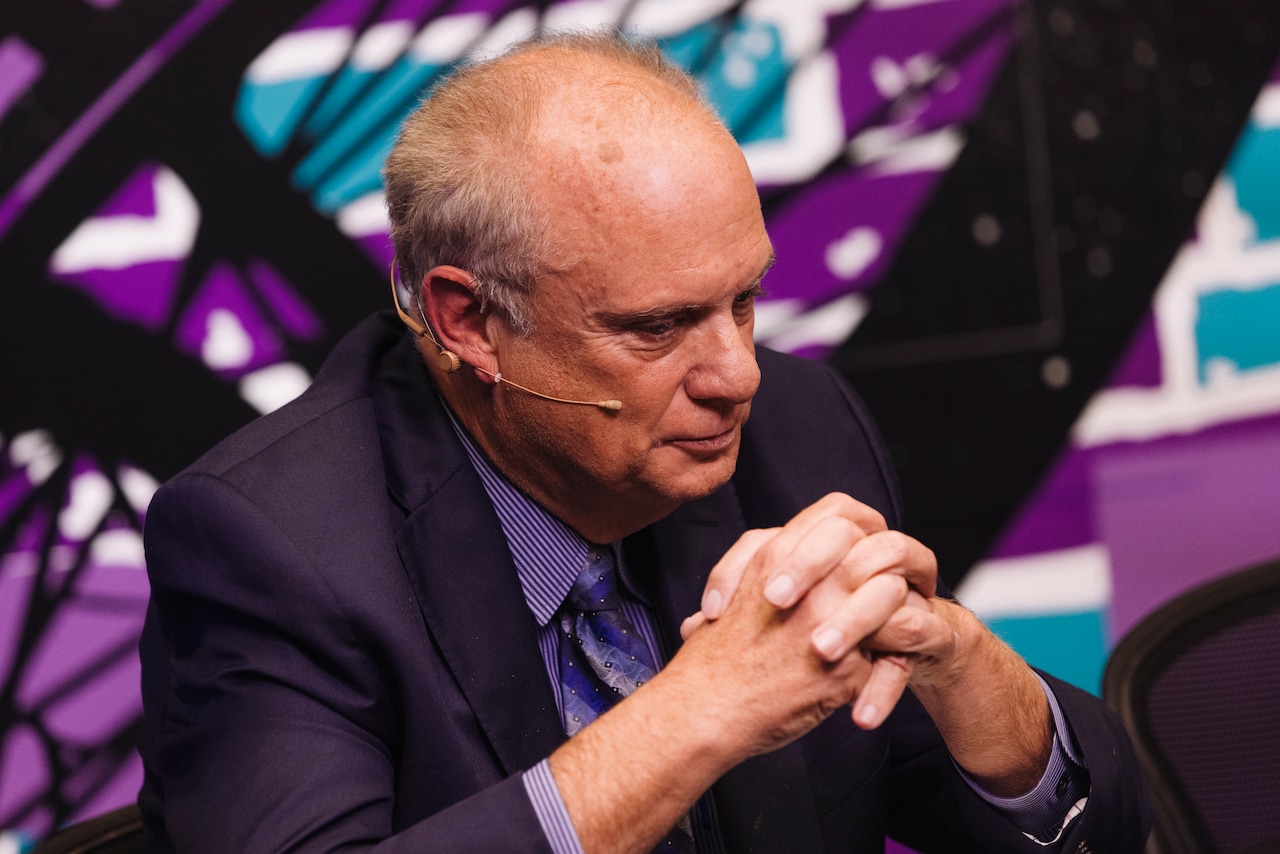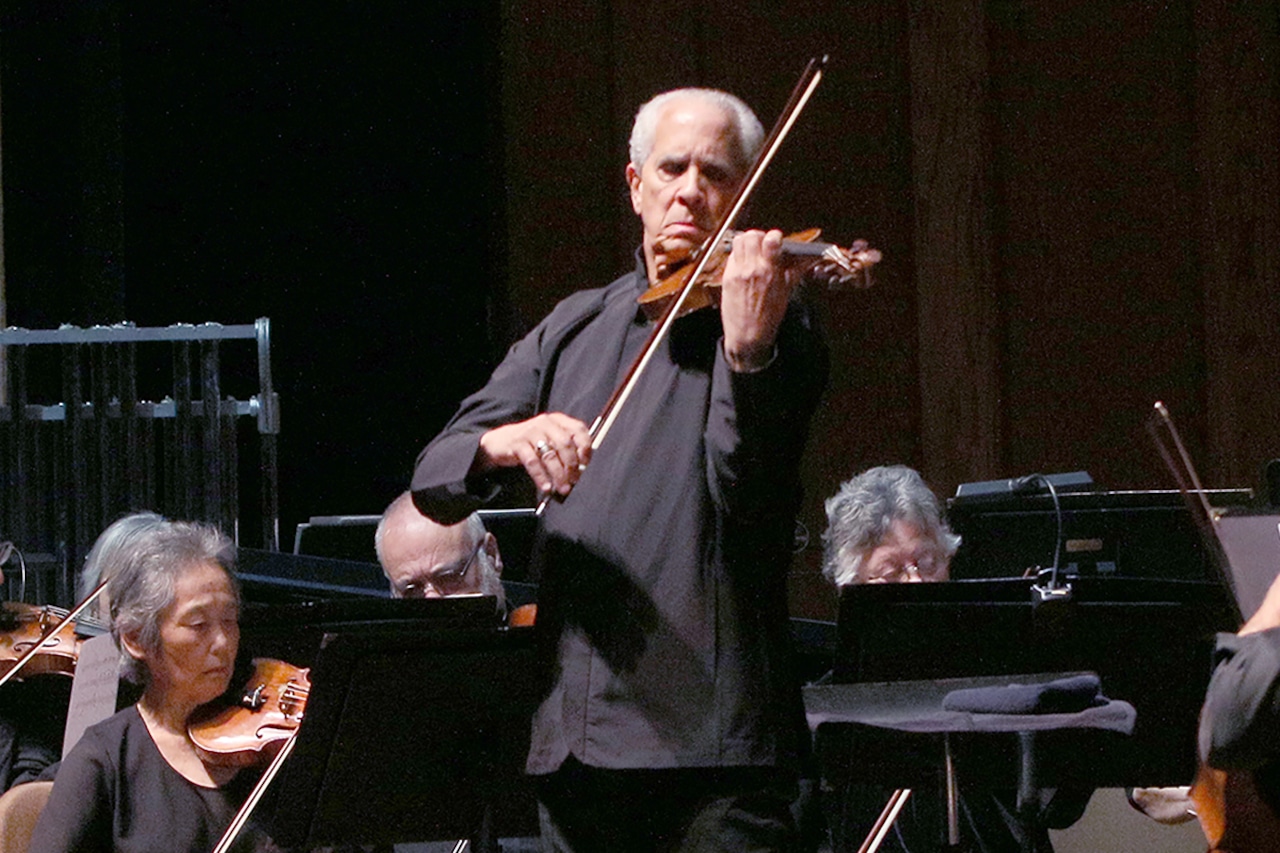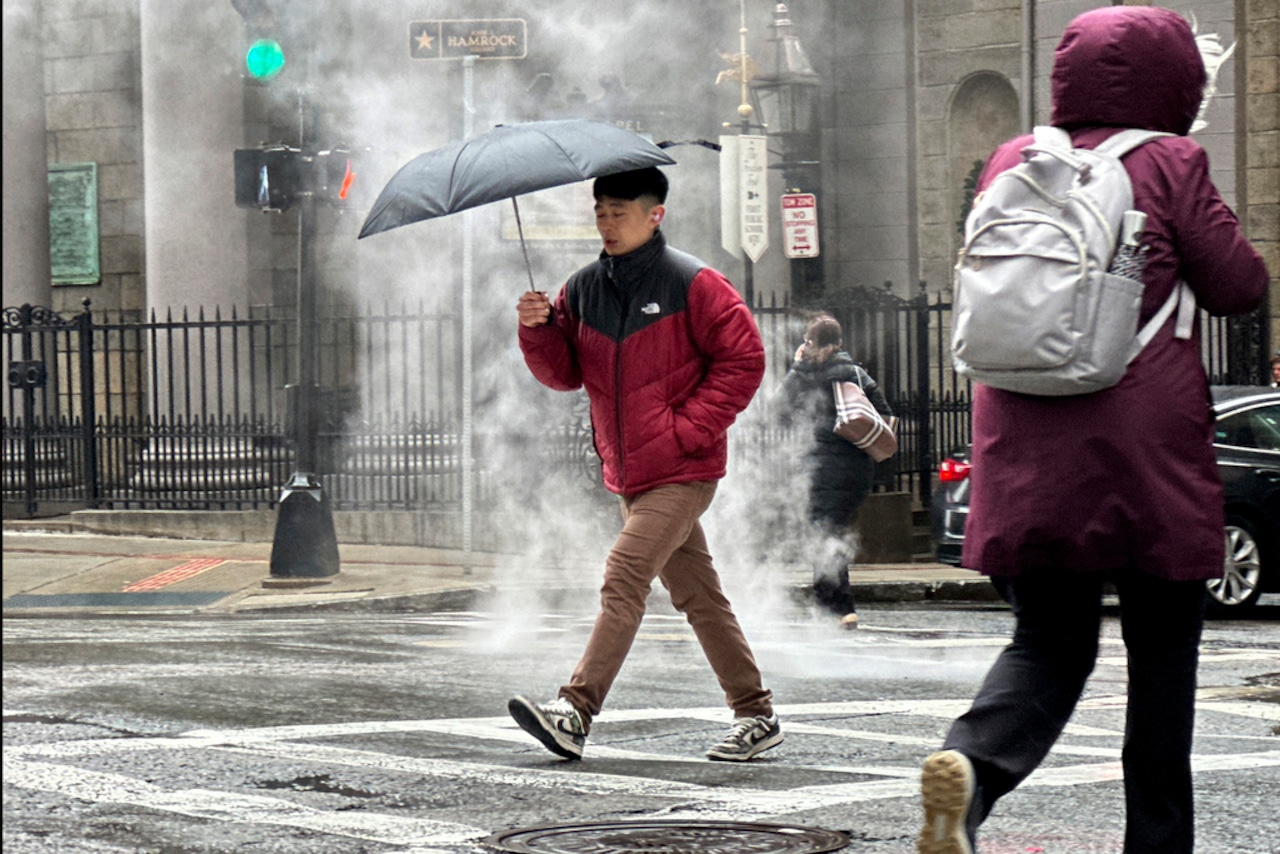
As Worcester residents and City Councilors continue to argue about the narrowing of Mill Street, Worcester Mayor Joseph Petty told MassLive that its reconfiguration is part of an ongoing plan that he supports.
The 2.5-mile street was reconfigured in December 2023 as part the city’s improvement plan to make the road safer for pedestrians, bicyclists, transit riders and motorists. According to the city’s website, Mill Street experienced 269 crashes over the past five years, with 200 crashes occurring on the street’s corridor and 69 crashes at the intersections of Park Avenue and Chandler Streets. In an attempt to protect pedestrians from oncoming vehicles and decrease instances of speeding, city officials added parking lanes and bike lanes to each side of the street — narrowing from a two-lane street to a single-lane street.
In a statement sent to MassLive on Wednesday, Petty said that he supports the city’s ongoing improvement plan on Mill Street and that the reconfiguration is a part of these efforts.
“I understand that changing infrastructure means changing human behavior and the adjustment period is always difficult,” Petty wrote. “The changes implemented on Mill Street are designed to improve safety for all users by calming traffic and creating separated spaces for vehicles, bicycle and pedestrians. As we evaluate the corridor’s performance, we are fine tuning the approach to ensure that the street operates as intended.”
Petty’s comments about Mill Street come at a time when Worcester residents are arguing about wether the reconfiguration has resulted in more or fewer vehicle crashes on Mill Street throughout 2024.
According to a a report by Interim Police Chief Paul Saucier that was given to Worcester City Manager Eric Batista on March 26, since the completion of the street’s reconfiguration in December 2023 to March 2024, there were a total of 13 reported crashes in the area of the reconfiguration — a decrease from 16 crashes from last year during that same time period.
The report also found that the average crash rate on Mill Street between December and March over the past five years was 13 crashes. Saucier wrote that the department needs to collect more data to determine if overall crash incidents have increased during other months of the year.
Petty said the city will continue with the Mill Street improvement project and hold meetings throughout the summer to focus on the plan’s next phase. According to Petty, the next phase will center around implementing new infrastructure, such as sidewalks, separated bicycle lanes, intersection improvements and crosswalks. In March, the federal government awarded the city a $2 million grant that will be used to fund the infrastructure projects in the area.
“By recognizing that severe crashes are preventable and unacceptable, humans make mistakes, responsibility is shared, and safety is proactive, Worcester will transform its street network to achieve our goal of zero deaths or severe injuries caused by traffic violence,” Petty said.
An ongoing debate about the reconfiguration
Despite Petty’s support for the Mill Street redesign efforts, some opponents of the reconfiguration are pushing for the street to return to its original configuration where vehicles could park by the curb instead of the second lane. Resident Susan Cahill, an opponent of the redesign, told MassLive she does not feel safe driving on the street. She said the addition of the parking lanes has made it difficult for her to navigate traffic and creates a higher risk for motorists as they could crash into the parked cars.
“It’s very confusing and dangerous,” Cahill said. “Even taking a simple turn onto my road feels unnatural.”
Supporters of the reconfiguration, such as resident Chris Michelotti, argue that the parking lanes have nothing to do with crashes on Mill Street that have occurred this year. Michelotti told MassLive that the reconfiguration has made pedestrians and motorists safer and that the crashes on Mill Street are due to careless drivers.
“I think people are entitled to feel like they can drive how they want,” Michelotti said. “They refuse to change how they should drive.”
The debate of whether Mill Street should return to its original configuration is also present among Worcester’s City Councilors. City Councilor-at-large Morris Bergman filed an official order requesting City Manager Eric Batista to reverse the current re-configuration on Mill Street by removing the parking zone lines that occupy the second lane. Bergman told MassLive he supports the addition of bike lanes in the area but it is his belief that the parking lanes that occupy the second lane puts motorists at risk of hitting other vehicles.
“You can’t trade one level of protection for another,” Bergman said. “You have to find a way to make it safe for both.”
Worcester District 3 Councilor George Russell told MassLive he shares a similar view to Bergman. He said he supports the idea of having bike lanes and single-lane traffic but does not support the idea of parking lanes where the second lane used to be.
“Traffic calming measures including reducing to single lane traffic and even the addition bike lanes work well,” Russell said. “Parking in the middle of the road does not.”
Bergman’s order did not receive a vote during the City Council’s meeting on Tuesday, as Worcester District 5 Councilor Etel Haxhiaj held the item — effectively postponing a vote until the next council meeting.
In a post on X, formerly known as Twitter, Haxhiaj wrote that she held the item to give City Manager Eric Batista’s administration time to explain why the ongoing redesign efforts benefit the city. In an email to MassLive, Thomas Matthews, a spokesman for Batista, confirmed that the city manager and the administration still support the ongoing efforts on Mill Street.
Haxhiaj told MassLive that she supports the redesign and said the data presented by the Worcester Police Department and the administration presents a path towards decreasing the risk of pedestrian and motorist deaths significantly.
“The Worcester Police Department, our engineers, and best practices around traffic calming consistently tell us that reducing travel lanes, engineering, education, and enforcement work to prevent motorists from driving at high speeds,” she said. “I support the City Manager’s efforts to continue improving the current re-design and apply more interventions, including continuing enforcement — as we have been.”
According to Worcester’s city charter, the mayor is able to vote on matters brought before the City Council just like any other member of the council.
During an interview on the radio program “Talk of the Commonwealth” on Wednesday, Petty implied he would not be in favor of reverting Mill Street to the original design.
“I’m not inclined to go backwards on this,” Petty said.
The City Council is expected to hold another vote on the measure during their next meeting scheduled for June 18, according to the City Council’s calendar.






